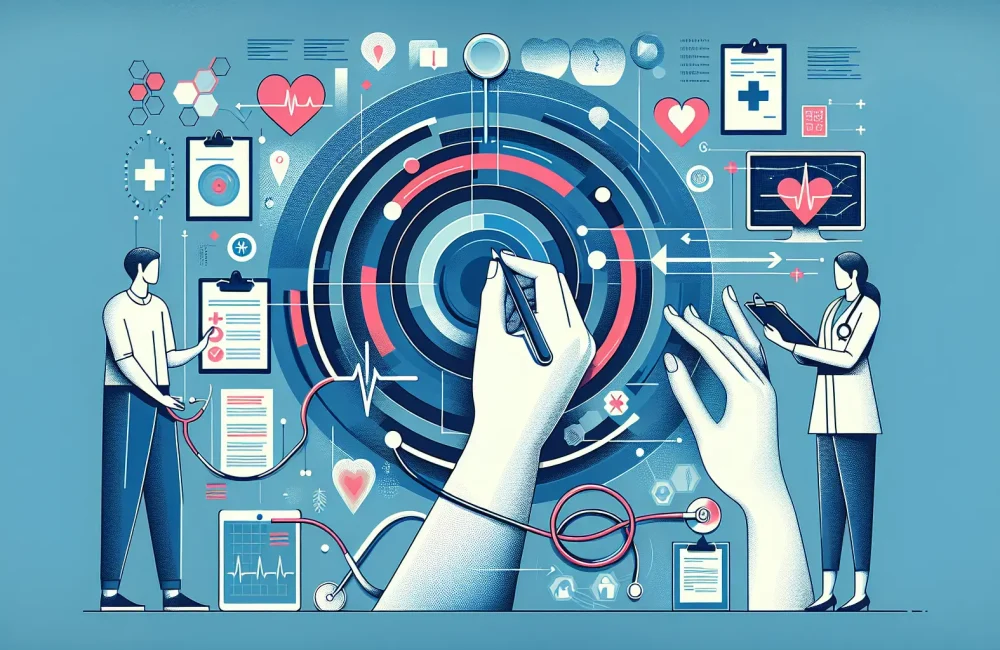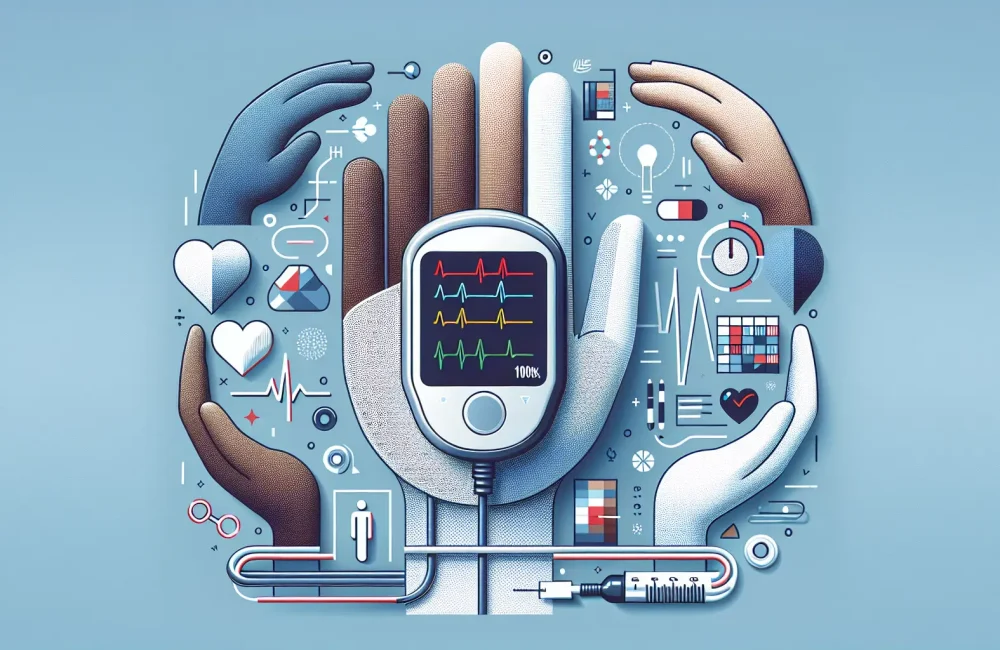By CAFMI AI From JAMA
The Critical Role of Explanatory Communication in Patient Care
Effective communication in healthcare settings is crucial to ensuring patient comprehension of their medical conditions and treatment plans. This reply article emphasizes that clear and thorough explanatory communication tailored specifically to patient needs can significantly improve patient understanding and engagement. Clinical encounters can often be complex, with patients having varied levels of health literacy and emotional states that impact their ability to grasp medical information. By using plain language, avoiding jargon, and employing visual aids like diagrams or charts, healthcare professionals can make complex information more accessible. Importantly, the article highlights that active checking for understanding during consultations, such as asking patients to repeat information in their own words or confirm key points, mitigates the risk of miscommunication. This strategy not only reduces errors but fosters patient confidence and adherence to treatment recommendations.
Clinical Implications and Techniques for Healthcare Providers
From a clinical standpoint, prioritizing explanatory communication requires deliberate strategies integrated into routine care workflow. The reply references recent studies demonstrating that improved patient comprehension through these methods correlates with better health outcomes, including treatment adherence, reduced hospital readmissions, and fewer medication errors. Clinicians are reminded of their ethical responsibility to ensure patients make informed decisions by fully understanding the information shared. Practical techniques include using plain language explanations suitable for diverse patient populations, incorporating teach-back methods to confirm patient understanding, and utilizing visual aids to reinforce verbal communication. Such approaches accommodate patients’ varying educational backgrounds and cognitive abilities, ensuring no one is left behind in the communication process. The article also discusses the importance of addressing barriers such as patient anxiety or cultural differences that might impede comprehension. By addressing these factors proactively, clinicians can improve patient satisfaction and health outcomes in both primary care and specialty settings.
Broader Context and Recommendations for Primary Care Practice
The importance of explanatory communication extends beyond individual consultations, influencing overall healthcare quality and safety. The article highlights that ensuring patients understand their health information supports informed decision-making, fosters adherence to treatment plans, and ultimately contributes to improved clinical outcomes. Given the evidence linking effective communication with reduced medical errors, healthcare providers should prioritize communication training in professional development programs. Additionally, the article advocates for systemic changes to embed communication strategies into healthcare delivery models, such as incorporating health literacy assessments and patient-centered communication protocols into electronic health records and clinical workflows. In primary care especially, where clinicians often manage complex chronic conditions, thorough explanatory communication can aid in differentiating diagnoses and identifying red flags early. Counseling points should be clear and tailored to patient goals, with follow-up visits structured to reinforce understanding and address evolving concerns. Emphasizing explanatory communication is essential for safe, patient-centered care and aligns with contemporary guidelines advocating for shared decision-making and transparent patient engagement.
Read The Original Publication Here






